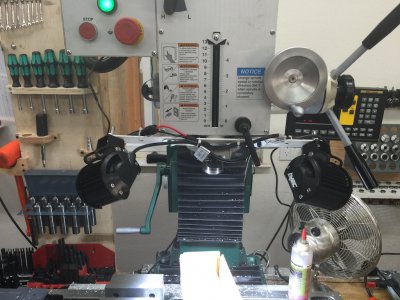- Joined
- Nov 25, 2015
- Messages
- 22
+1 for the Led lighting.
In my house, I recently had to make a decision for the lights in my kitchen as they are 20+ years old and flaky in operation. Looked at the replacement tube in Led and thought that was a bit much.
So, I ordered a 5M strip of superbright 5630 (300 led/strip) lights and a power supply off ebay. To make a long story short, I am extremely pleased with the results as they appear to have at least as much light as the old lights and are instant on! Conversion was quick and easy. Like it so much, all the old fixtures in the house and shop will be refitted. Oh and the price of the strip and leds was cheaper than buying new ballasts. A 5M strip is enough to do two 4' fixtures and leaves 9 leds spare.
In my house, I recently had to make a decision for the lights in my kitchen as they are 20+ years old and flaky in operation. Looked at the replacement tube in Led and thought that was a bit much.
So, I ordered a 5M strip of superbright 5630 (300 led/strip) lights and a power supply off ebay. To make a long story short, I am extremely pleased with the results as they appear to have at least as much light as the old lights and are instant on! Conversion was quick and easy. Like it so much, all the old fixtures in the house and shop will be refitted. Oh and the price of the strip and leds was cheaper than buying new ballasts. A 5M strip is enough to do two 4' fixtures and leaves 9 leds spare.


